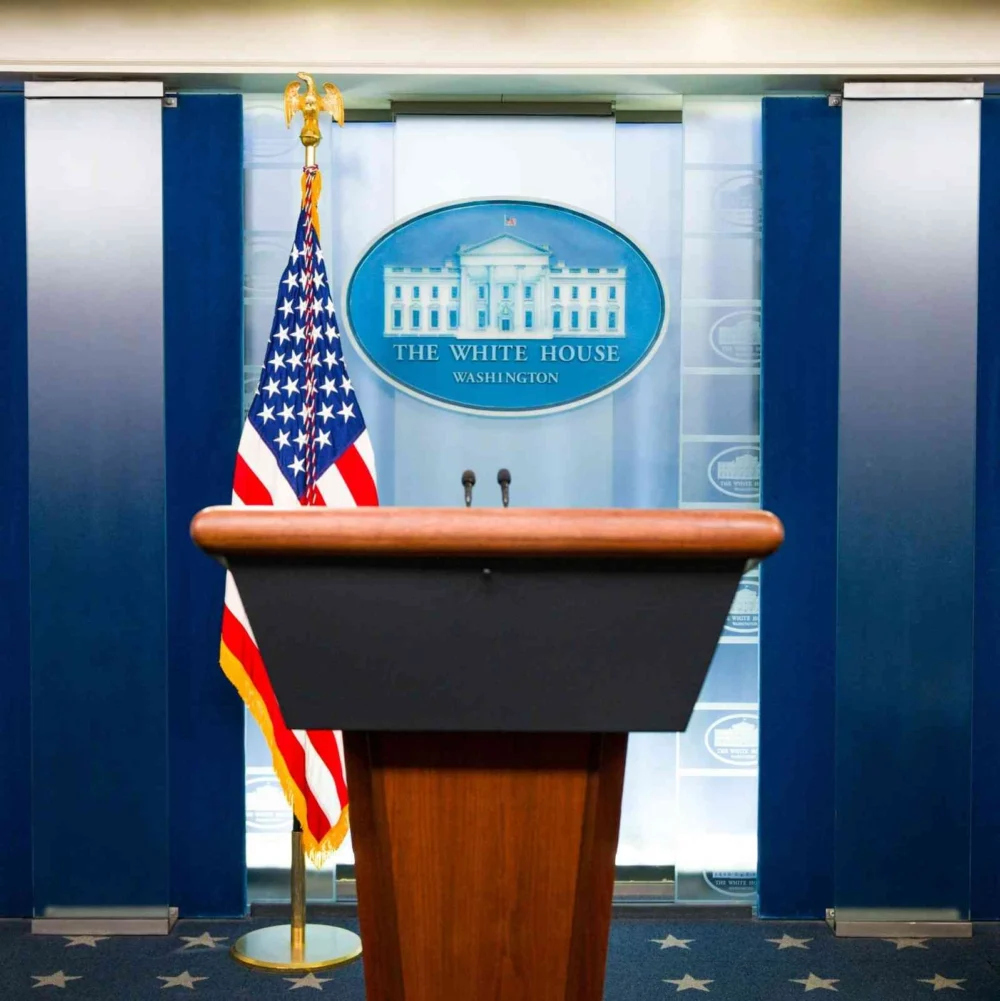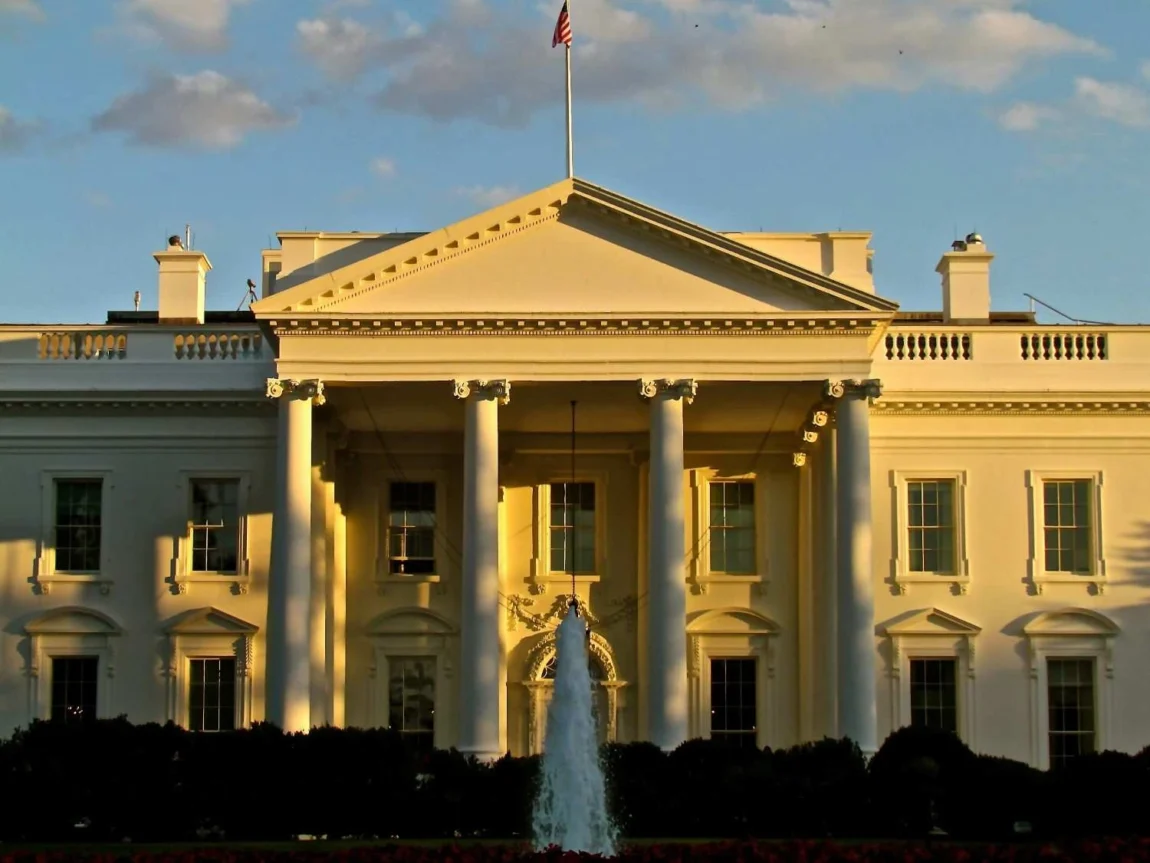President Donald Trump has marked a short-term investing charge to revive the U.S. government after a 43-day shutdown — the longest in the nation’s history. The brief degree reestablishes pay for government representatives and restarts fundamental public administrations, but legislators will need to reach another funding agreement by January 30.
Washington, D.C. — President Donald Trump has formally affirmed a short-term financing charge that closes the longest government shutdown in U.S. history. The enactment, passed by both chambers of Congress this week, permits government organizations to continue operations after more than six weeks of partial closure.
The House of Agents voted 222–209 in favor of the degree late Wednesday, following the Senate’s contract endorsement earlier in the week. Hours afterward, Trump marked it into law, saying from the Oval Office that the government would “resume typical operations” after “people were harmed so badly” amid the shutdown.
Federal Administrations Set to Reopen
Since October, approximately 1.4 million government specialists have been furloughed or required to work without pay. Basic programs such as nourishment help and air traffic security were disrupted across the nation. The Government Flying Organization (FAA) had diminished flight operations because of staff deficiencies, causing far-reaching travel delays.
Officials anticipate most government administrations to restart in the coming days, and flight plans ought to normalize ahead of the active Thanksgiving travel period. A few officials confronted troubles returning to Washington for the vote — Wisconsin Republican Derrick Van Orden supposedly rode his cruiser about 1,000 miles to guarantee he would cast his vote in person.
Temporary Financing Until January 30
The recently marked charge subsidy expires on January 30, giving Congress constrained time to concur on a long-term budget arrangement. Some time recently, marking the degree, Trump charged Democrats with dragging out the shutdown for political gain.
“They did it absolutely for political reasons,” the president said. “When we come up to midterms and other things, don’t disregard what they’ve done to our country.”

Why did the shutdown happen?
The shutdown started when Senate Democrats refused to back a brief financing proposition requesting an expansion of healthcare endowments for low-income Americans set to terminate at year’s end. Republicans rejected the request, insisting on debating the issue once the government reopened.
Following weeks of negotiations, eight Senate Democrats joined forces with Republicans to approve the investment charge. In return, they secured a guarantee for a December vote on the healthcare subsidies.
The compromise drew feedback from a few party pioneers, including House Minority Leader Hakeem Jeffries and California Representative Gavin Newsom, who said the move debilitated the law-based position. Senate Minority Pioneer Chuck Schumer also expelled the bundle, saying it “fails to do anything important to settle America’s healthcare crisis.”
Virginia Congressperson Tim Kaine, one of the eight Democrats who bolstered the bargain, guarded his choice, saying government laborers in his state were “saying thank you” for making a difference to end the standoff.
New Part Joins the House
Just hours after the House vote, Democrats invited their newest party member, Adelita Grijalva, who was sworn in after a delay caused by the shutdown. Chosen in September, she fills the seat already held by her late father, Agent Raul Grijalva of Arizona.
Soon after taking office, Grijalva filed an appeal requesting the discharge of records related to the late lender Jeffrey Epstein. House Speaker Mike Johnson afterward affirmed that he would plan a vote on that request the following week.
What’s in the Investing Bill?
The short-term bargain reserves the government until January 30 and includes:
- Full-year subsidizing for the Division of Agriculture
- Support for military development ventures and authoritative agencies
- Guaranteed back pay for all affected government employees
- Continued bolster for the Supplemental Nutrition Assistance Program (SNAP) — which makes a difference for one in eight Americans — through the following September
- A commitment to hold a December vote on expanding healthcare subsidies
Outlook
The reviving of the government closes a notable 43-day shutdown that stopped key administrations across the country. In any case, the ascent is relatively brief, meaning another financing fight is likely to come up when the current expansion ends in January. Officials will presently confront pressure to arrange a long-term bargain to anticipate another shutdown and address ongoing wrangles about healthcare and government investing.



